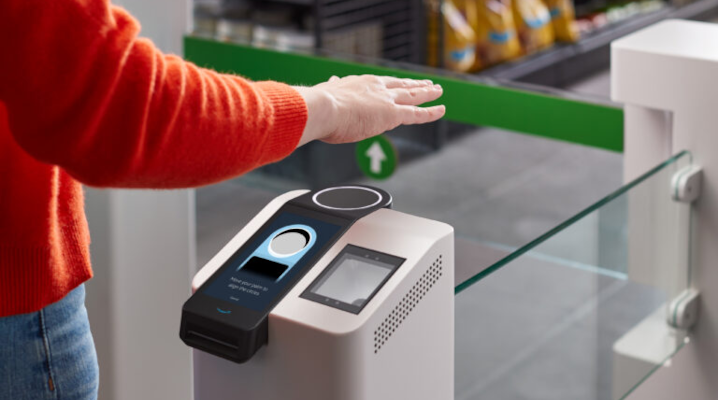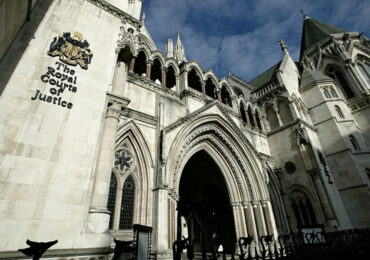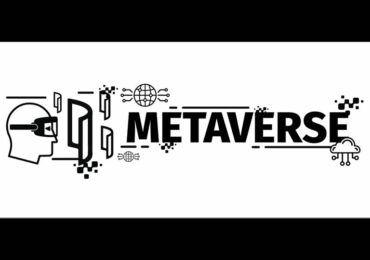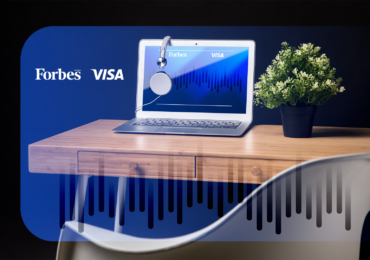Instead of using a credit card or smartphone to pay for your goods, Amazon wants you to use your hands.
In a blog post, the company unveiled its own palm recognition technology, known as Amazon One. The technology, first rolling out in Amazon’s home market of Seattle, will use people’s palms to identify them and combine that with details of the palm, such as lines and ridges, to build a “palm signature.”
“In most retail environments, Amazon One could become an alternate payment or loyalty card option with a device at the checkout counter next to a traditional point of sale system,” Dilip Kumar, vice president, Amazon Physical Retail, wrote in the post. “Or, for entering a location like a stadium or badging into work, Amazon One could be part of an existing entry point to make accessing the location quicker and easier.”
In addition to the trial in the company’s Go stores in Seattle, Kumar added that Amazon One will come to other Amazon stores and will be used for more than just paying with your palm.
“[W]e believe Amazon One has broad applicability beyond our retail stores, so we also plan to offer the service to third parties like retailers, stadiums, and office buildings so that more people can benefit from this ease and convenience in more places,” Kumar added. “Interested third parties can reach out through the email address provided on our Amazon One website.”
Though Amazon has introduced other ways to pay for goods at its physical stores, including the use of cameras and an app linked to your Amazon account, Kumar explained palm recognition offers another level of privacy.
“We selected palm recognition for a few important reasons,” the exec wrote. “One reason was that palm recognition is considered more private than some biometric alternatives because you can’t determine a person’s identity by looking at an image of their palm. It also requires someone to make an intentional gesture by holding their palm over the device to use. And it’s contactless, which we think customers will appreciate, especially in current times. Ultimately, using a palm as a biometric identifier puts customers in control of when and where they use the service.”
"Forbes Georgia-ის სარედაქციო ბლოგპოსტების სერია "როგორ გამდიდრდა“ და "საქართველო რეიტინგებში".















